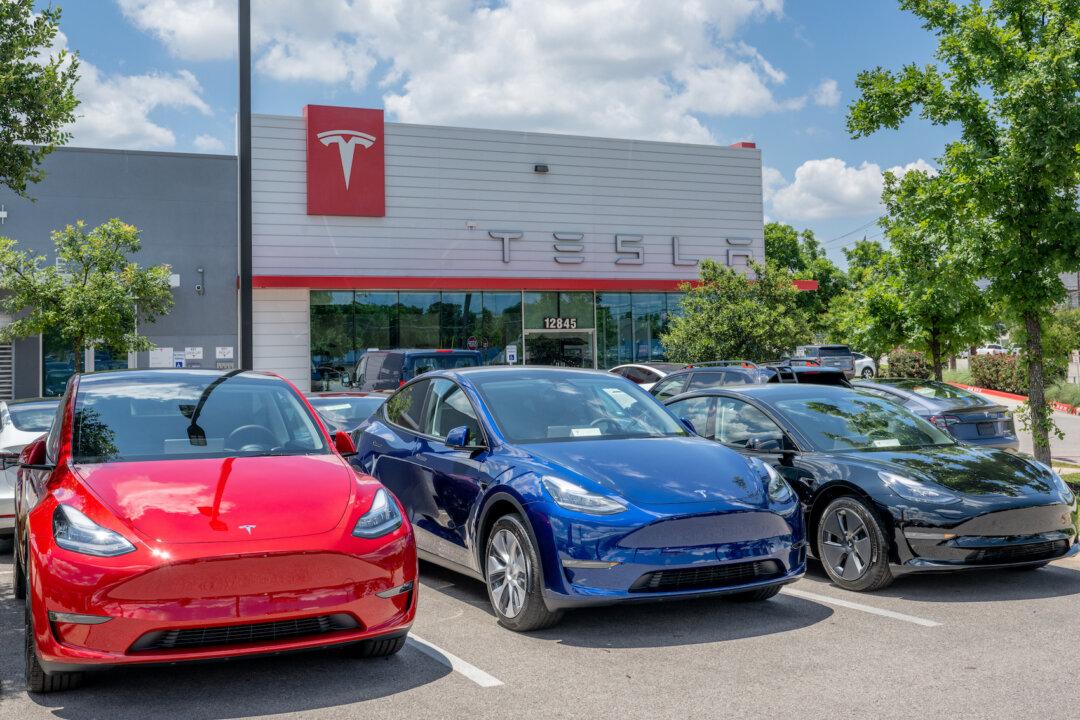Tesla CEO Elon Musk announced the end of Tesla’s Full Self-Driving (FSD) Beta software earlier this week.
“Version 12 won’t be beta,” Musk wrote on Twitter on June 27 in response to an FSD beta user who asked, “FSD Beta 12 ‘maybe later this year.’”

Tesla CEO Elon Musk announced the end of Tesla’s Full Self-Driving (FSD) Beta software earlier this week.